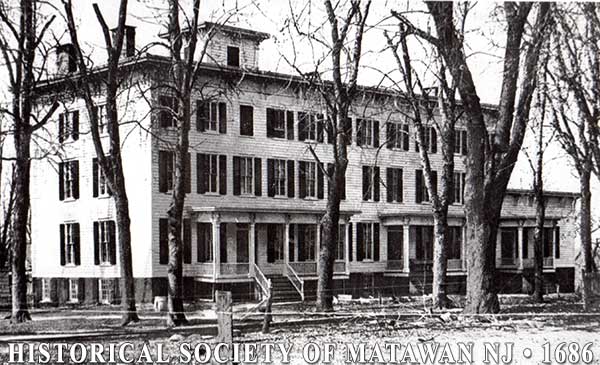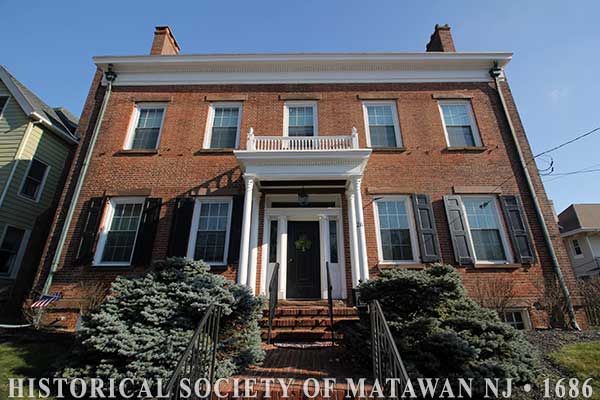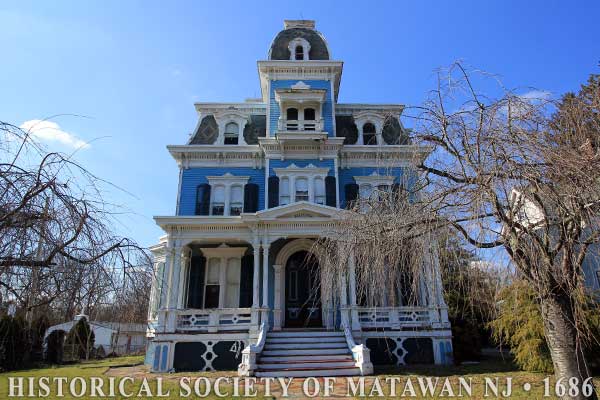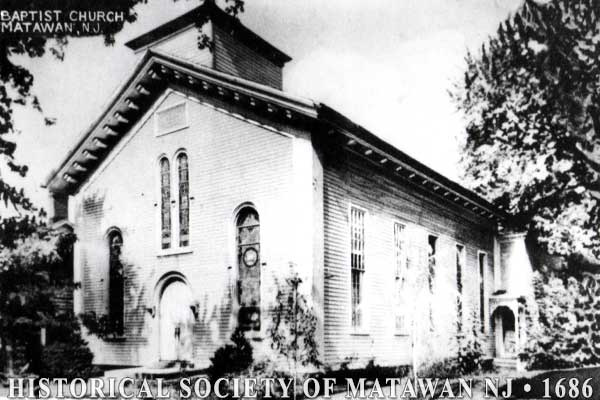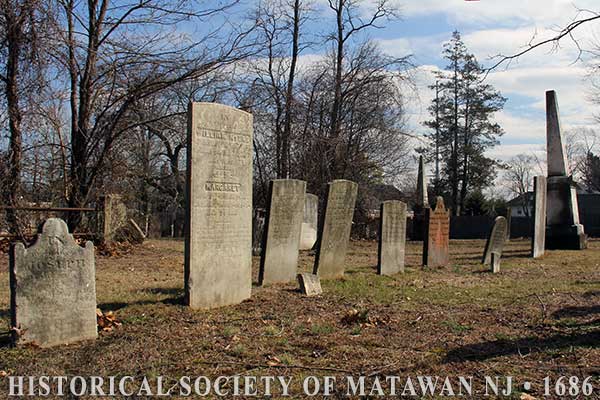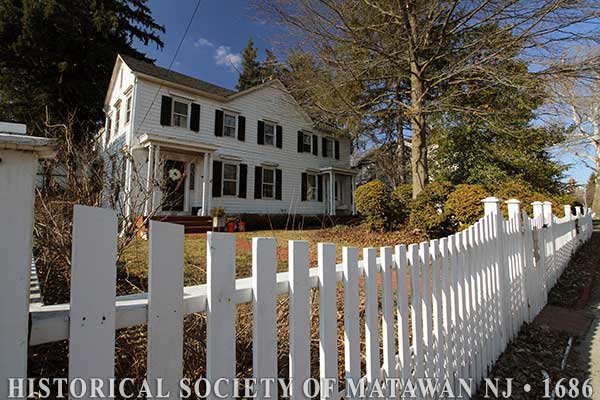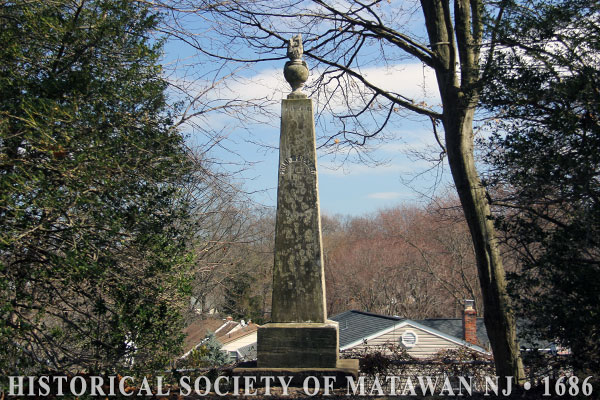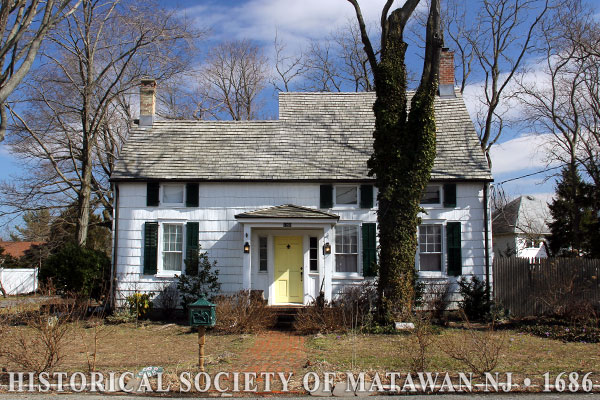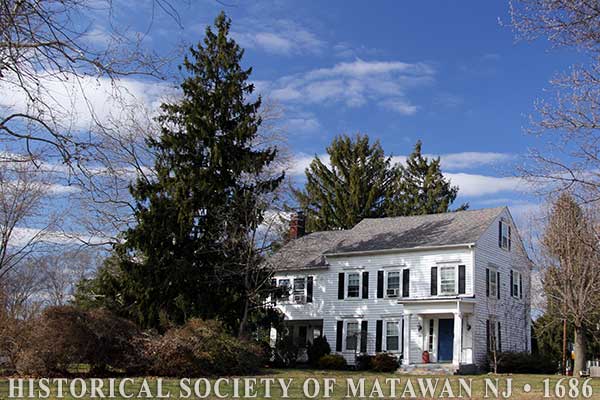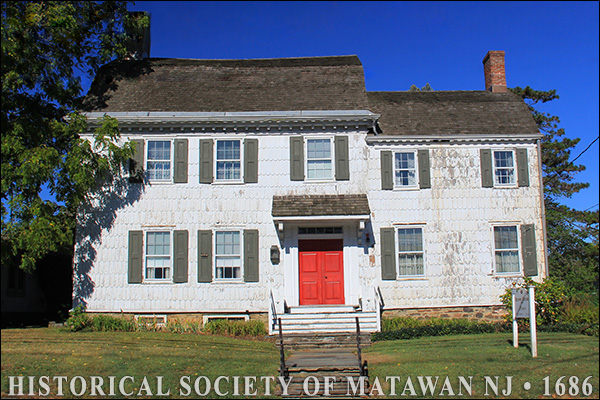10 Church Street This 3-story Italianate structure, built in 1857 and enlarged in 1874, was the home of a locally-prominent private school for 58 years. Established as Middletown Point Academy
211 Main Street The growth of Matawan between 1830-1860 corresponded with the popularity of the Greek Revival style, which adapted ancient Greek prototypes to all kinds of new buildings in
226 Main Street When New York textile merchant David Ryer moved to Matawan and built this elaborate towered dwelling in 1873, mansard roofed houses like these were in high fashion.
230 Main Street Heavy bracketed cornices and round-arched windows with molded hoods are the hallmarks of Italianate churches erected in villages and rural areas during the mid-19th century. Built in
South side of New Brunswick Ave., West of Main St Significant for its association with the early Scotch Presbyterian settlement of Mount Pleasant, this site dates from the mid-18th century
222 Main Street A pair of hand-carved Federal style doorways distinguish this late 18th century house. Delicate fan shpaes and slender flanking sidelights on the doorway are an important identifying
12 Poet Drive Philip Freneau (1752-1832), a poet known for his patriotic verse published during and after the American Revolution, lived on this site between 1753 and about 1824. Here,
298 Main Street Once part of a 60-acre farm that extended to Route 34, the Schanck House stands as an early surviving farmhouse in Matawan. Although the origins of the
94 Main Street Recognized by its hand-split, round-cut shingles and gambrel roof, Matawan’s most important colonial house is associated with John Burrowes, Sr., a grain merchant known as “Corn King”
